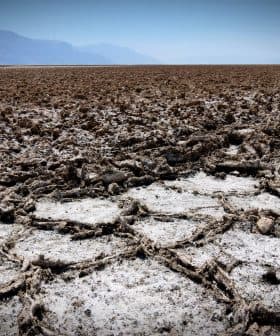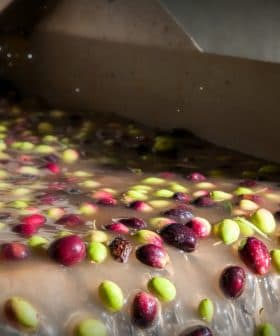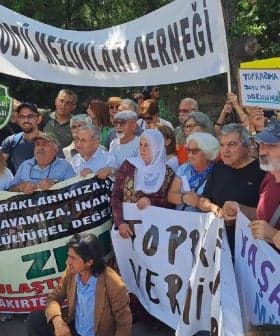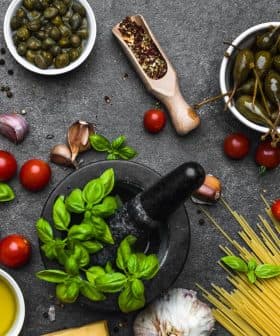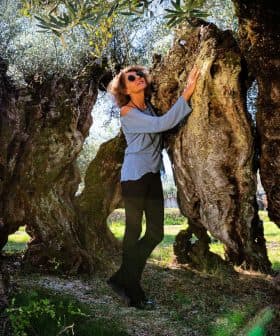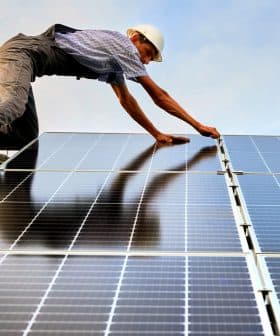 8.6K reads
8.6K readsProduction
Authorities in Italy Envision a Post-Xylella Puglia
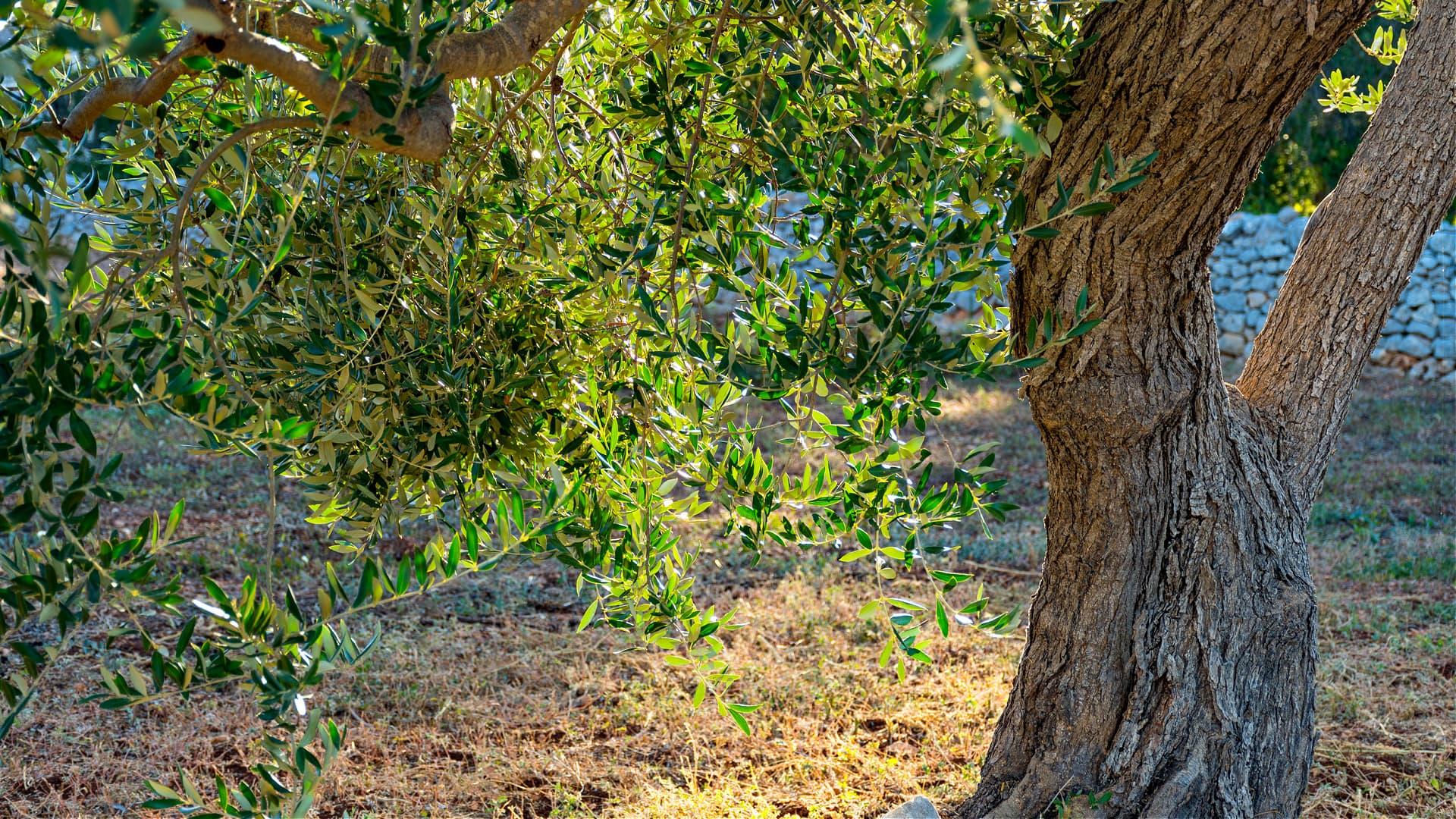
In Puglia, efforts are being made to stop the spread of Xylella fastidiosa by implementing preventive measures such as mandatory pruning and plowing of olive trees. The region is also focusing on diversifying agriculture, promoting vineyards, and planting new crops as a way to revitalize the local economy and restore biodiversity.
It is a race against time in Puglia to curtail the spread of the insect species deemed the main culprit for the spread of Xylella fastidiosa in the southern Italian region.
Wide-ranging preventive actions have been deployed and are considered crucial to protect existing olive groves in Italy’s most relevant olive oil-producing region.
Looking at those spectral panoramas caused by Xylella weighs heavily on everybody’s heart. It is time to diversify agriculture and bring beauty back.
Olive growers, farmers and landowners in the vicinities of Bari have until May 15 to execute the mandatory pruning of the trees and plowing. Public and private entities will also take care of the mowing grass in uncultivated areas, road banks, drainage channels and other areas.
The goal is to limit the development of the meadow spittlebug, whose larvae are maturing during these weeks.
See Also:Dogs and Drones – New Projects in Puglia Emphasize Early Detection Against XylellaHowever, curtailing the spread of the Xylella fastidiosa vector insect is just one of the actions envisaged in Puglia to bring income and opportunities back to local farmers.
“The goal of the current projects is to bring back agriculture and income to areas severely hit by Xylella,” Pantaleo Piccinno, the president of the Salento-Jonic Agriculture Quality District (DAJS), told Olive Oil Times. “We are working with a new approach, to replace destroyed olive groves with new crops, reshape our territory and give strength to its agricultural excellencies.”
DAJS started to re-connect existing agribusiness, technology providers, researchers and local institutions in 2017, working, in Piccinno’s words, to envision a “world after Xylella.”
Salento is the most southern area in Puglia and has been the heart of olive oil production in Italy for the past 300 years.
It is believed that Xylella fastidiosa pauca, the subspecies that infects and ultimately kills olive trees, began to spread in 2008 when a single infected coffee plant from Costa Rica was introduced in Italy.
The deadly olive tree pathogen was first detected in Puglia in 2013 and has since killed more than four million olive trees. In 2021, the Italian national association Confagricoltura estimated that more than 150,000 hectares of olive groves had been hit by the Olive Tree Quick Decline syndrome (QODS), the disease caused by Xylella fastidiosa.
“The millennial olive trees that once were are not there anymore,” Piccinno said. “If we could replant olive trees which are millennial and Xyella-free, we would do that, but the truth is that most of that is gone now.”
“We have to build our future,” he added. “Approximately 50 researchers from many different local entities such as the University of Bari or the National Research Council have been helping us to work on strategies that look 20, 40 or even 100 years from now.”
The first ideas included expanding the traditional vineyards, which are immune to Xylella fastidiosa pauca. Other projects were devoted to planting fruit trees and revamping biodiversity throughout the region.
The ideas revolved around a sustainable regeneration approach involving local farmers and food production companies within existing product chains.
To that end, the Italian Ministry of Agriculture has provided €50 million to the Virtuous Roots project. “It is a program that involves the whole Jonico-Salento area traditional farming, such as cereal growing, livestock, vineyards, fruits and vegetables,” Piccinno said.
The project will also consider sustainability, irrigation and the need to halt desertification in Salento and the rest of the Mediterranean basin. The phenomenon has accelerated as a result of Xylella fastidiosa.
“We do not have shade anymore in the area,” Piccinno said, referencing the massive olive tree canopies that have long since disappeared.
“The surface temperature has been growing substantially,” he added. “That means that those desertification processes are progressing quickly. We need to focus on biodiversity as a protective tool for the territory and stop the degradation of the soil.”
Authorities have also earmarked €5 million of the latest funds to relaunch local olive oil and food production and promote Salento in national and international media campaigns.
“The affection towards Salento remains strong in the heart of everybody and of the tourist, but looking at those spectral panoramas caused by Xylella weighs heavily on everybody’s heart,” Piccinno said. “It is time to diversify agriculture and bring beauty back.”
Vineyards will play a pivotal role in this effort, partly due to the popularity of traditional wine production and the vines’ natural immunity to Xylella fastidiosa.
“What we have here are vineyards that are currently the only crop that is part of our tradition and totally free of Xylella,” Piccinno said.
Relevant parties are eager to participate in the new strategy. A third step of the local recovery involves private companies investing in new food production.
“They are presenting projects to start growing pomegranate, avocado and mango in greenhouses and medicinal plants while also deploying beekeeping, the latter being useful for honey and a precious indicator of well-being and organic farming,” Piccinno said.
While diversification is key to restoring the area, olive oil will continue to play a relevant role in Salento. The latest plans focus on planting Xylella-resilient cultivars, such as Leccino and FS17, both of which show strong resistance to the bacteria.
“Xylella still affects those olive trees, but up to now, it seems not to have relevant effects on their health,” Piccinno said. “We do not know much about this yet, but it is encouraging that three years after the first such groves were planted, growers are already ready to harvest. Albeit symbolic, it is encouraging.”
“In [Salento], like the Lecce province, of the 100,000 pre-existing [olive farming] hectares, we estimate that about one-third will be restored,” he added. “That will happen because the new producing capacity that will be built will be equal to what has been lost.”
Piccinno also hinted at a paradigm shift in the groves, with traditional groves hit by Xylella fastidiosa being replaced by new high-density olive groves. Traditional groves have only a few dozen olive trees per hectare, while the new orchards will have between 280 and 900 olive trees per hectare.
Olive trees that previously grew in the more arid and rocky parts of the province will not be replaced by new ones.
“What we are working on is reforestation initiatives in marginal lands, which can help in curtailing the soil depletion phenomena, also adding to countryside and beauty,” Piccinno said.
He ultimately aspires toward a Puglia that will remain the heart of Italian olive oil production and benefit from the restored biodiversity that other crops and plant cover will bring o the region in the not-so-distant future.



